This is an excerpt from the book ALABAMA FOOTPRINTS – Settlement: Lost & Forgotten Stories (Volume 2) continued below….
The territory of the state of Alabama was but sparsely settled in 1792, except by the natives, and they occupied only some of the principal water-courses. Fort Charlotte, at Mobile, 1792 was garrisoned with Spanish troops. The old French Tombecbe, (Tombigbee) which, in Spanish times, was called Port Confederation, contained also a Spanish garrison.
Fort Charlotte (also named Fort Conde) in Mobile, Alabama 1743 (Library of Congress)
In 1767, a colony of two hundred and nine French Protestants made a settlement upon the Escambia river north of Pensacola, Florida. They received a large grant of land from King George the III and had even been transported across the ocean at the royal expense. They built white cottages among the live oak groves and erected a church building with one simple village spire. This colony was not long afterward desolated by yellow fever, the scourge of the tropics.
1866 Map of SE corner of Alabama where St. Stephens was located
Tensaw, an English trading post near where Stockton is located today, was repaired and occupied. A Spanish garrison occupied Fort St. Stephens, which was built upon a bluff on the Tombigbee River called by the Choctaws, Hobuckintopa. A large Spanish garrison held the fortress at Pensacola. West Florida and Louisiana were governed by the Captain-General at Havana.
The next person in authority was the Governor of Louisiana to whom all the commandants of the posts in Alabama and Mississippi were subordinate. The whole territory of Alabama was then an immense wilderness, with American trading-posts on the east upon the Oconee, and those of Spain upon the south and west, while it was uninhabited by whites as far as the distant Cumberland settlements on the north.
1863 map of Mobile area – Stockton and
Tensaw River in SE Alabama – area of early settlement (Library of Congress)
The most populous settlement, with the exception of Mobile, was upon the Tensaw river and lake of that name. It was composed of both whigs and royalists. The latter had been driven from Georgia and the Carolinas. Added to these, were men, sui generis, appropriately called old Indian countrymen, who had spent much of their lives in Indian commerce.
The most conspicuous and wealthy inhabitant of this neighborhood was Captain John Linder, a native of the Canton of Berne, in Switzerland. He resided many years in Charleston, as a British engineer and surveyor. There General McGillivray became acquainted with him, and during the revolution, assisted him in bringing his family and slaves to Alabama.
1781 map of West Florida by Thomas Kitchin (Library of Congress)
It does not appear that in these years many additions were made to the settlers on the Mobile and Tensaw rivers. The plantations opened there must have been productive, and business enterprise was evidently not stagnant, for in 1772 the exports from Mobile and Pensacola were, according to Albert Pickett “indigo, raw-hides, corn, fine cattle, tallow, rice, pitch, bear’s oil, tobacco, tar, squared timber, indigo seed, myrtle wax, cedar-posts and planks, salted wild beef, pecan nuts, cypress and pine-boards, plank of various woods, shingles, dried salt-fish, scantling, sassafras, canes, staves and heading hoops, oranges and peltry.”
The cultivation of cotton had also commenced, and some small machines had been invented for separating the lint from the seed. The French planters had some machines by which, it is said by Captain Barnard Roman, in his “Florida,” “seventy pounds of clear cotton can be made every day.” Whitney’s Cotton Gin was not invented until 1792.
Pensacola, the capital of the province, contained in 1771 about one hundred and eighty houses, which were built of wood. This, as the seat of government, was to become the first place of traffic for the coming settlers of Clarke County. The French houses of the wealthy in Mobile were of brick.
In 1775 the Thirteen United Colonies contained a population of about “three million people,” extending from New Hampshire to Georgia. They were entering upon the American Revolution. West Florida did not enter this conflict so it became a secure retreat for Royalists, in the Carolinas and Georgia, who held themselves still loyal to the king of Great Britain. The banks of the Tombigbee river, then called Tombeckbee, became attractive to this large class of adventurers and refugees.
See a list of all books by Donna R Causey at amazon.com/author/donnarcausey
This story and more can be found in
ALABAMA FOOTPRINTS – Settlement:: Lost & Forgotten Stories (Volume 2)
Alabama Footprints: Settlement is a collection of lost and forgotten stories of the first surveyors, traders, and early settlements of what would become the future state of Alabama.
Read about:
- A Russian princess settling in early Alabama
- How the early settlers traveled to Alabama and the risks they took
- A ruse that saved immigrants lives while traveling through Native American Territory
- Alliances formed with the Native Americans
- How an independent republic, separate from the United States was almost formed in Alabama


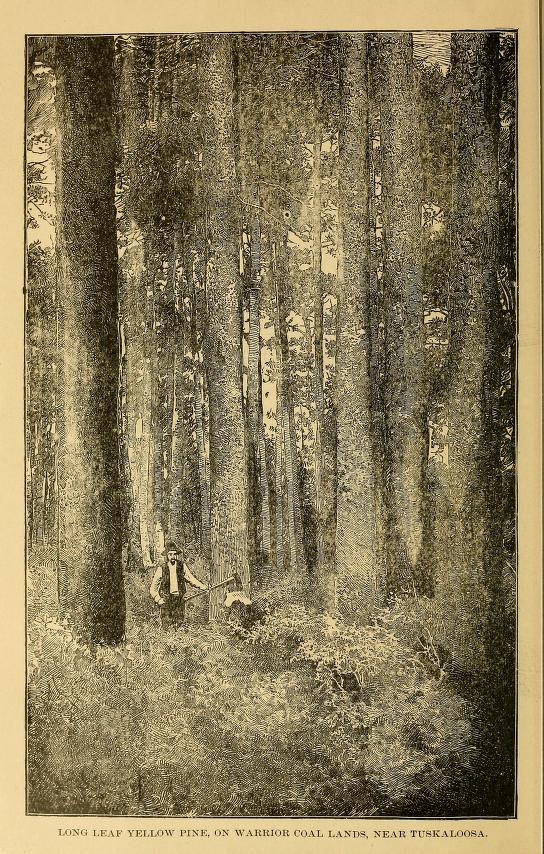
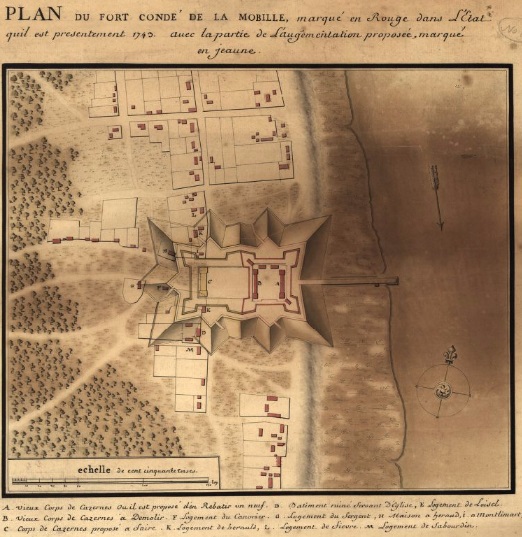
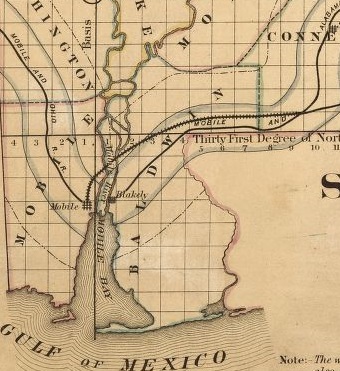
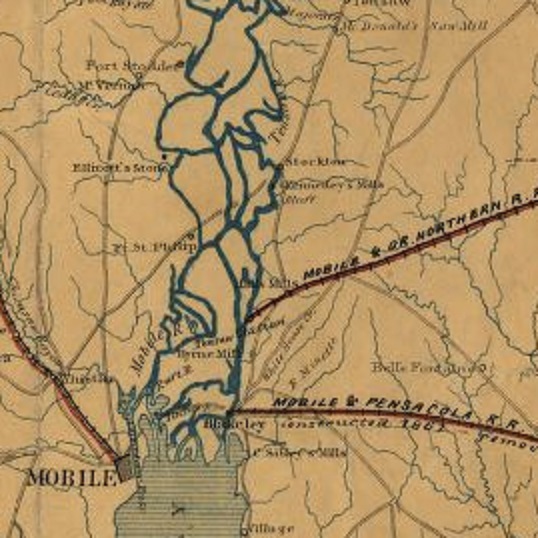
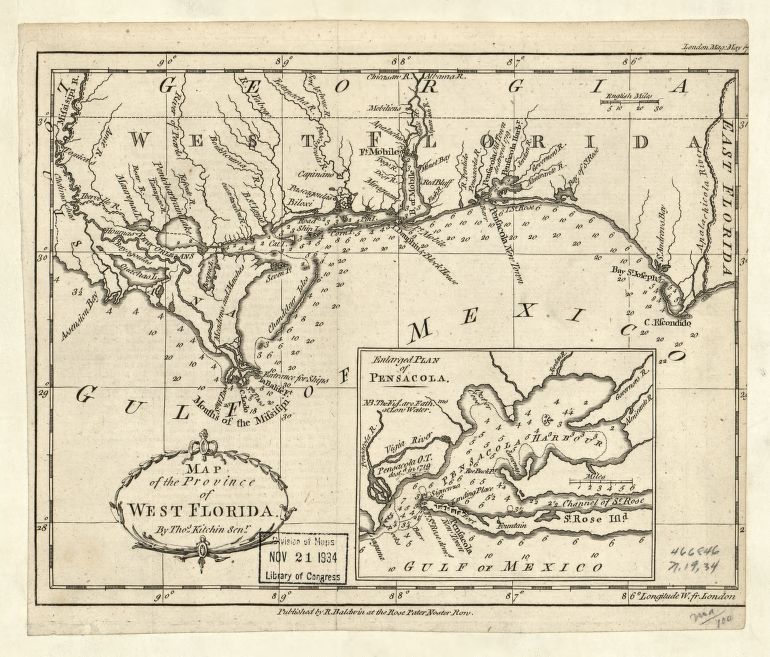
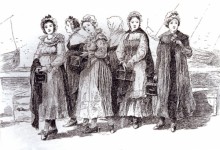


Great image.
Brandon Dunn
Huge timber
Who said humans were like termites?